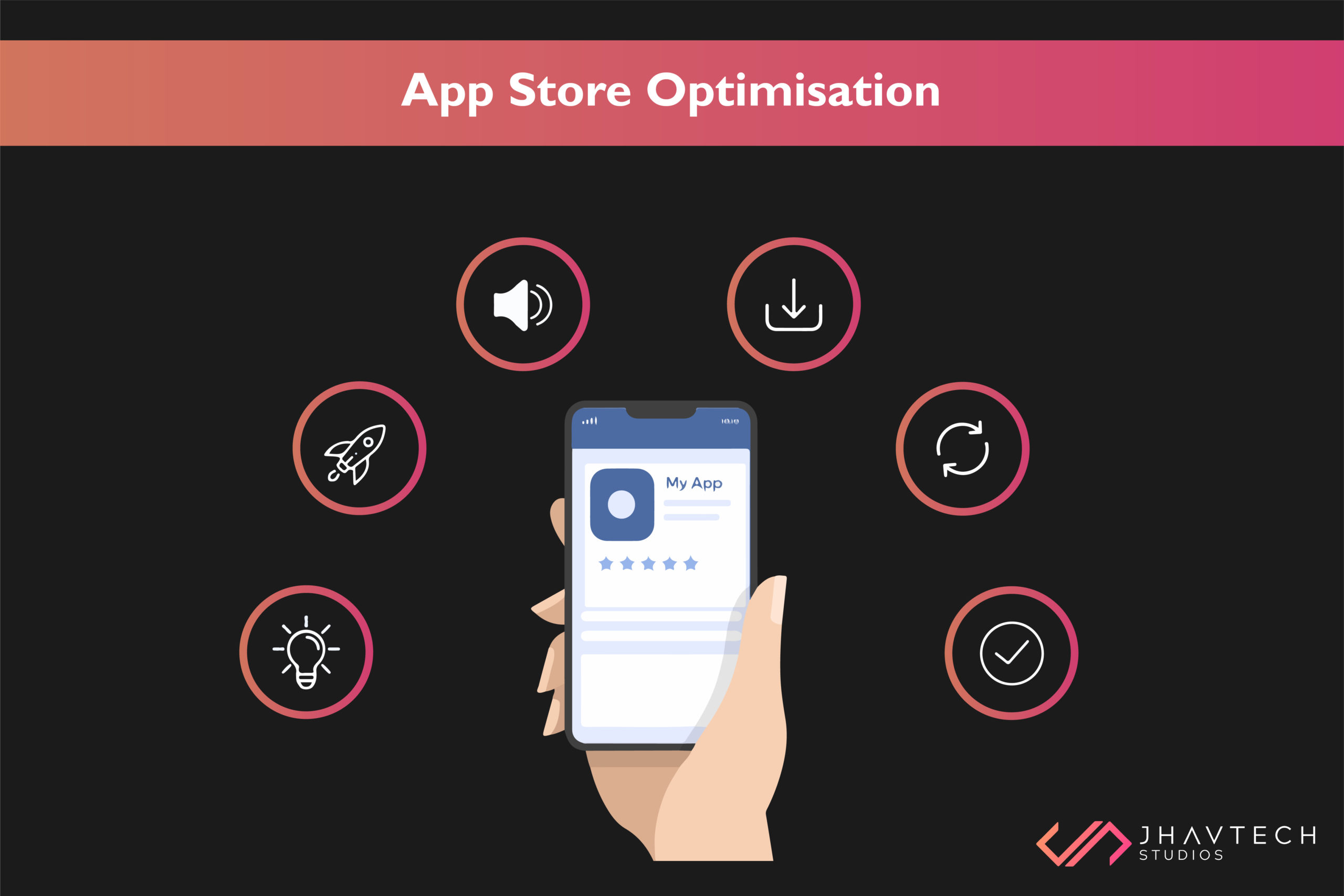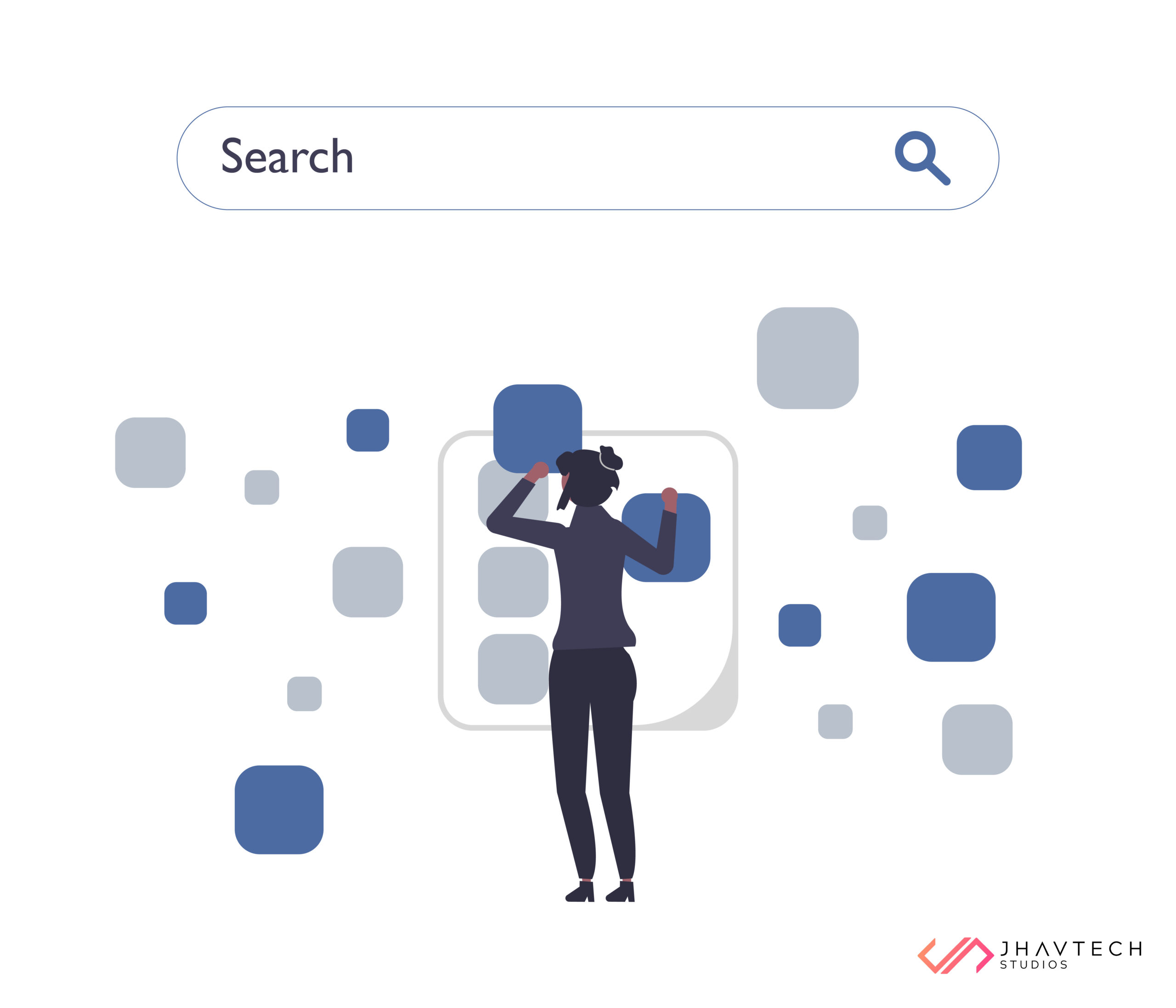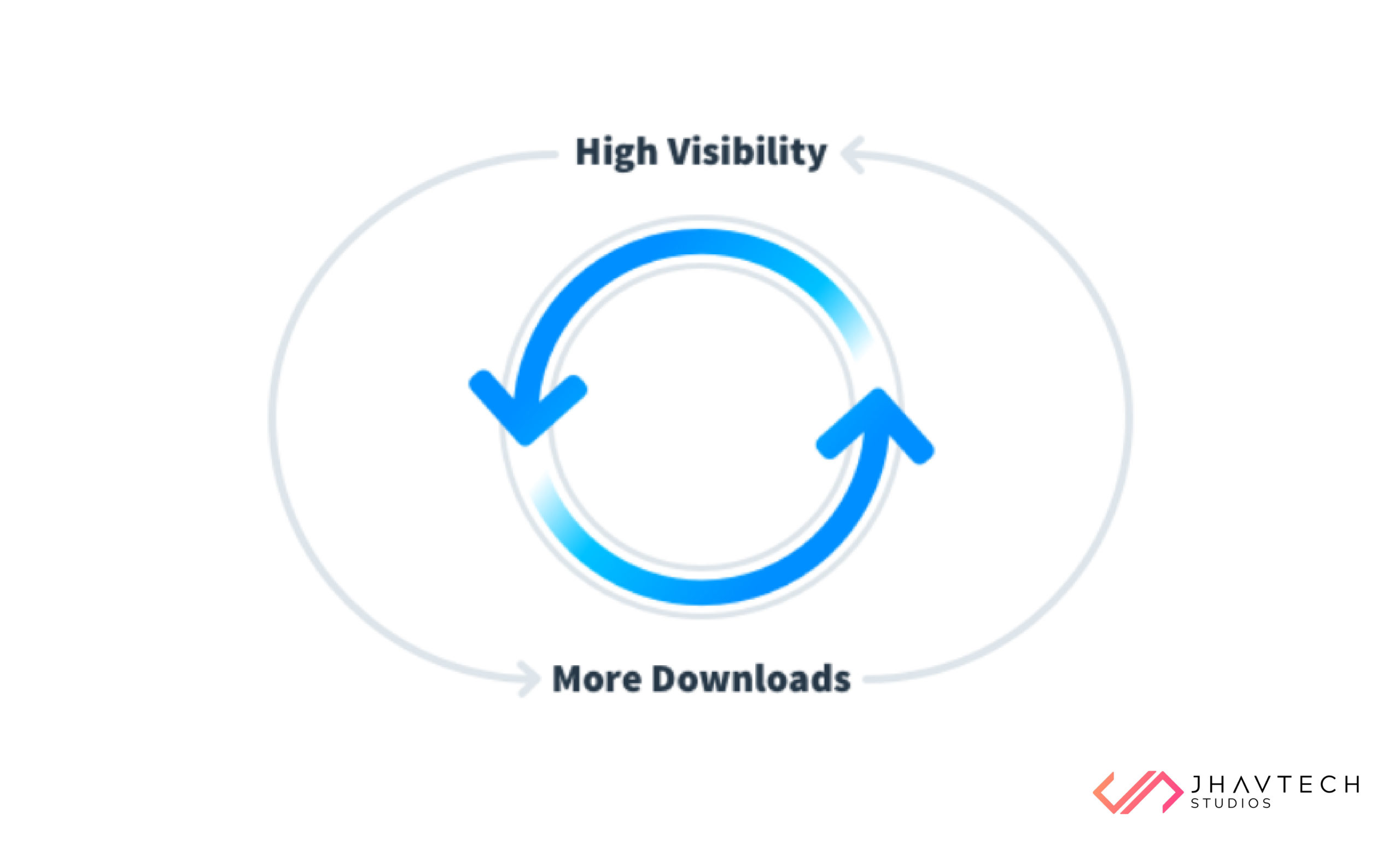The Ultimate Guide for App Store Optimization

App Store Optimization (ASO) refers to the process of improving an app’s visibility in the app stores, with the goal of increasing organic downloads and conversion rates. The top app stores are Google Play with 3.1 million mobile apps; Apple App Store with 2.1 million, Windows Store with 670,000; and Amazon Appstore with 459,000 mobile apps.
Aside from attaining high ranking in search results, ASO also zooms in on click-through rate (CTR), which is the percentage of impressions that result in clicks when people find your app store listing. However, you need to ensure that they will also download your app or make a purchase after they click through to your listing page. This aspect of app store search optimization is called Conversion Rate Optimization (CRO).
How Users Find and Download Mobile Apps
Along with solid app designing and app development, ASO is vital to your app’s success. App store search is the easiest and most commonly used way for finding new applications. According to recent studies, 70% of mobile phone users use the search feature to discover new mobile apps, and roughly 67% of all downloads happen after a search.
In addition, your app’s search ranking position has a direct correlation with the number of downloads. This means the more relevant your app is to end users, the higher it ranks in the search results. Similarly, mobile apps with high rankings get more downloads because users typically look at the top 10 or so of every search result. This explains why it is of paramount importance to achieve a high ranking.
The bottom line is that ASO is the biggest and most effective marketing medium for mobile applications. It’s worth studying as it delivers long-term and sustainable results.

Other Benefits of App Store Optimization
If you aren’t convinced yet that you ought to allot time and effort for ASO strategy, then the benefits outlined below should be enough to change your mind…
Get Your App Viewed by Relevant Users
The most important word here is `relevant` because there is absolutely no point in having your application seen by people who are not searching for it. It’s here where app store search optimization comes in really handy.
If you are not using the keyword(s) that your target audience is looking for, if you’ve picked the wrong category or if the description of your mobile app does not clearly explain what it does, then you greatly reduce its chances of being discovered by the right users.
Don’t let all of your time and effort go to waste, start optimizing! Take note of the app store optimization tips in this post and you can also check out the different app store optimization tools that are available in the market.
Increase Organic Downloads/Installs
What’s great about ASO is that a good strategy will surely boost your organic installs without incurring additional costs. Once you’ve optimized your app, it will rank higher in search results, improving its visibility and increasing organic downloads, all while keeping acquisition costs down. You won’t need to spend on ads because when people type keywords that are related to your app, they will always find yours!

Increase Revenue and Conversion Rates
There are different ways to monetize your app including subscriptions, in-app purchases, etc. This may entice you to run ads to attract more users and thus generate more revenue. However, if your app store listing page is not converting and convincing users to download your app, then you’re just wasting money. Always bear in mind that ASO also involves Conversion Rate Optimization, meaning making people to click through and download.
It’s as simple as this: The higher your app’s visibility and the higher its conversion rate, the more downloads and the more money in your pocket.
Makes an App More Stable and Sustainable
In contrast to other forms of marketing, ASO is more reliable when it comes to generating consistent downloads. For instance, take into consideration paid advertising. When you launch an advertising campaign, it will initially yield more downloads, but once it has attained its potential and/or when your marketing budget has ran out, paid advertising will cease from being a profitable way to get your mobile app in front of its target users.
It is not sustainable as a long-term marketing strategy. But with a solid app store search optimization plan, your app will continue to stand out, be relevant, and enjoy lots of downloads for years by appearing consistently in organic search results. In short, ASO is an excellent long-term strategy for maintaining the visibility and profitability of your mobile app at no extra cost.
How App Store Optimization Works
When your app has been developed and you already have a good understanding of the fundamentals of app marketing, you must decide where you want to publish your app. Most app developers choose Google Play Store for Android and the Apple App Store for iOS. These are by far the two biggest distribution systems for mobile apps, providing worldwide coverage to a huge prospective audience. You can choose to publish on both channels if you opt to design and develop your app for both OS.
How App Store Optimization is Done
Once you’ve decided on where to publish your app, you’re ready to start with your mobile growth journey through ASO. We’ve done the legwork for you, so just follow these app store optimization tips:
Set a Solid App Store Optimization Strategy
Conduct a thorough research about your target market so you can have a clear understanding of your prospective users. Figure out what keywords your potential users are searching for. Also, try to pinpoint the keywords that your competitors are using.
Pick an Appropriate Name for Your App
Choose wisely because your app’s name is the very first thing that users will see. Make sure that the name is unique, relevant, and easy to read so people will remember it.
According to recent studies, using keywords in your app name can result in as much as 10.3% increase in search rankings. Google Play Store and Apple App Store allow you to use 30 characters for the name.
Write Your Mobile App Description
The app description is another essential part of your app’s metadata. It provides users with information on what your app is about and gives an overview of its main features. The app description is not only relevant for the users, but also for the app stores’ ranking algorithm.
For Google Play Store
Play Store provides a short description field and a long description field for you to describe your app. The former allows up to 80 characters while for the latter you can use up to 4,000 characters.
Remember that Google indexes the words you’ll use in both description fields as your keywords for app store searches. Try to repeat your keywords 3-5 times to tell Google’s algorithm that those are relevant to your app.
The most important thing here is to write your description with the keywords integrated naturally into the flow of the sentences. This will make your description appealing to your target users and relevant to Play Store’s algorithm.
For Apple’s App Store
Apple does not index keywords from the app description. However, this does not mean that you can take this meta field for granted. You can use it to further show your target audience the value and the benefits offered by your app.
As a rule, your description must be well-structured, informative, and easy to understand. To make it more engaging, you can use bullet points and even emojis. Every word counts, so focus on the unique features and functionalities of your app. Start with a concise statement of what it does and follow it with an attention-grabbing paragraph which includes a list of main features.
Pick the Appropriate App Icon Thru A/B Testing
Now that you have an understanding of how text elements boost an app’s visibility, it’s time to take a look at the other key factors – the visuals
The icon of your app is one of the main reasons why users click on a search result. In fact, a well-designed icon has been proven to increase downloads by 560%! In order to design a good icon, keep in mind that less is more so refrain from using a lot of text or too many elements.
You can test what works by conducting A/B testing. The concept behind this is to come up with icon variations and determine which one will receive the most clicks. You may test which characters or colors your users prefer. When you’ve gathered enough data, you can make the necessary tweaks and create the perfect icon for your mobile app.

App Listing and Localization
A lot of app developers do their app listings and other aspects in English. This is a common mistake and if your app only has an English version, you’re missing a lot and leaving money on the table.You can actually take your app global by adapting it to different geographical markets This practice is known as localization. You can use your existing keywords, metadata, screenshots, and videos then translate them into multiple languages.
Offering your mobile app to a wider audience can result in more downloads and revenue. This is because people perceive an application in their native language as more reliable and therefore they are more likely to download it.
App Ratings and Reviews
These two are a core trust area for your users and a ranking metric for app stores. Both Apple and Google consider the reviews left by users about your app. The higher your rating and the more positive reviews you have, the more relevant your app is perceived by the app stores. Moreover, studies show that users read at least one review before deciding to download an app.
Parting Words…
Over the past couple of years, the intrinsic value and necessity of mobile apps in the marketing mix have been established as a crucial marketing tactic. Now, the challenge is how to get an app discovered by target users in the app stores.
With this post we hope you gained insights on the steps to take on how to better position your mobile app so it can generate your desired results. Remember that app store search optimization mastery takes time and effort but does pay off remarkably well in the long run. If you wish to know more about this topic and app store optimization tips, or you want to venture first into app designing and app development, we will be more than happy to help. Contact us or drop us a line.

